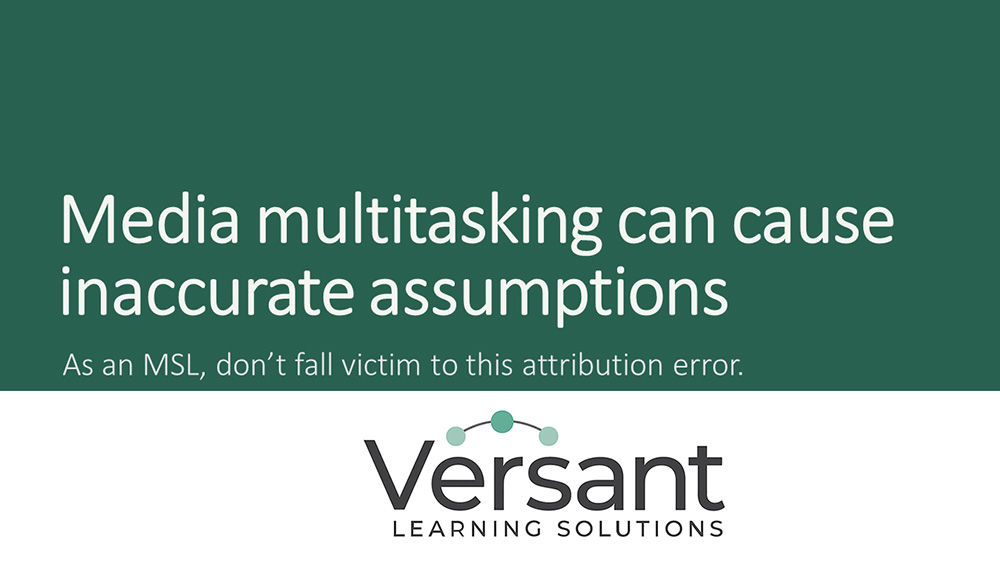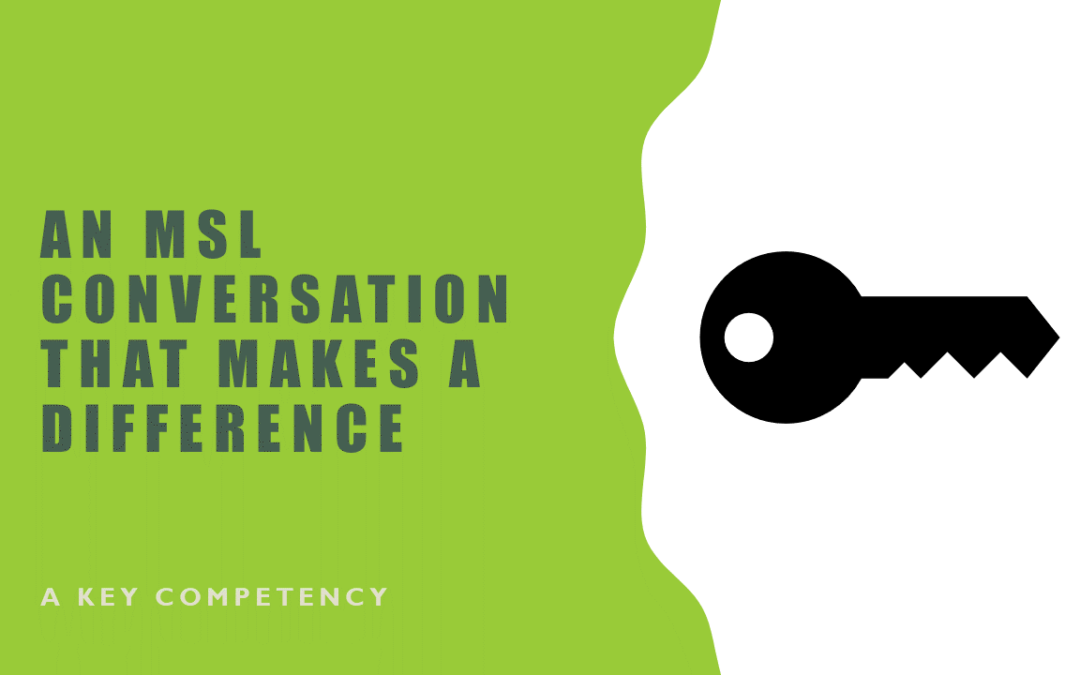


When using video in Medical Affairs training – consider your audience
Quick synopsis When using video in medical affairs training, consider that your audience consists of scientific and medical professionals. You may consume many videos in your personal life from influencers and well-known celebrities and leaders on social media. Those...
Coaching to Improve Conversational Skills
Overall Training Challenge One of the workshops most frequently requested by Medical Affairs teams is some version of “Building Rapport with KOLs” or “Developing Long-Term KOL Relationships.” In those workshops, we...
Capturing KOL Attention with the Clarity of Your Dialogue
When an MSL is planning for a KOL meeting, topics for discussion are not the only consideration. The MSL should also consider how the dialogue will develop through the give and take of conversation. By considering potential KOL responses, the MSL can be prepared with data points, articles, slides, and verbiage to drive the conversation to a successful conclusion.

Weighing Your Options: In-House Training vs. Training Service Providers
According to the Panopto Workplace Knowledge and Productivity Report, a first-of-its kind survey of more than 1,000 U.S. workers, the average large business in the U.S. loses 47 million dollars in productivity each year as a direct result of inefficient knowledge sharing.
In this article, we review the most critical factors to consider when deciding between in-house vs. outsourced training and we’ll do our best to present the full picture. Hopefully, this analysis will give you the information you need to make some critical decisions when you have a new training project on the horizon.

Enhanced Readability of FDA Indication Statements – Not Yet, Maybe
The FDA issued new draft guidance last Friday along with a press release. Did you notice it?
No, not the one about biosimilars or off-label HEOR discussions. This guidance has the following title: ‘Indications and Usage Section of Labeling for Human Prescription Drug and biological Products – Content and Format.’ [1]
It is a mouthful, right?
The intent is to provide more concise and explicit descriptions of the conditions and populations for a specific drug indication. I had visions of infographic style labeling with clear and large icons to make scanning the document more accessible for clinicians (and the occasional patient that reads them). Nope. That is not where this is going.
